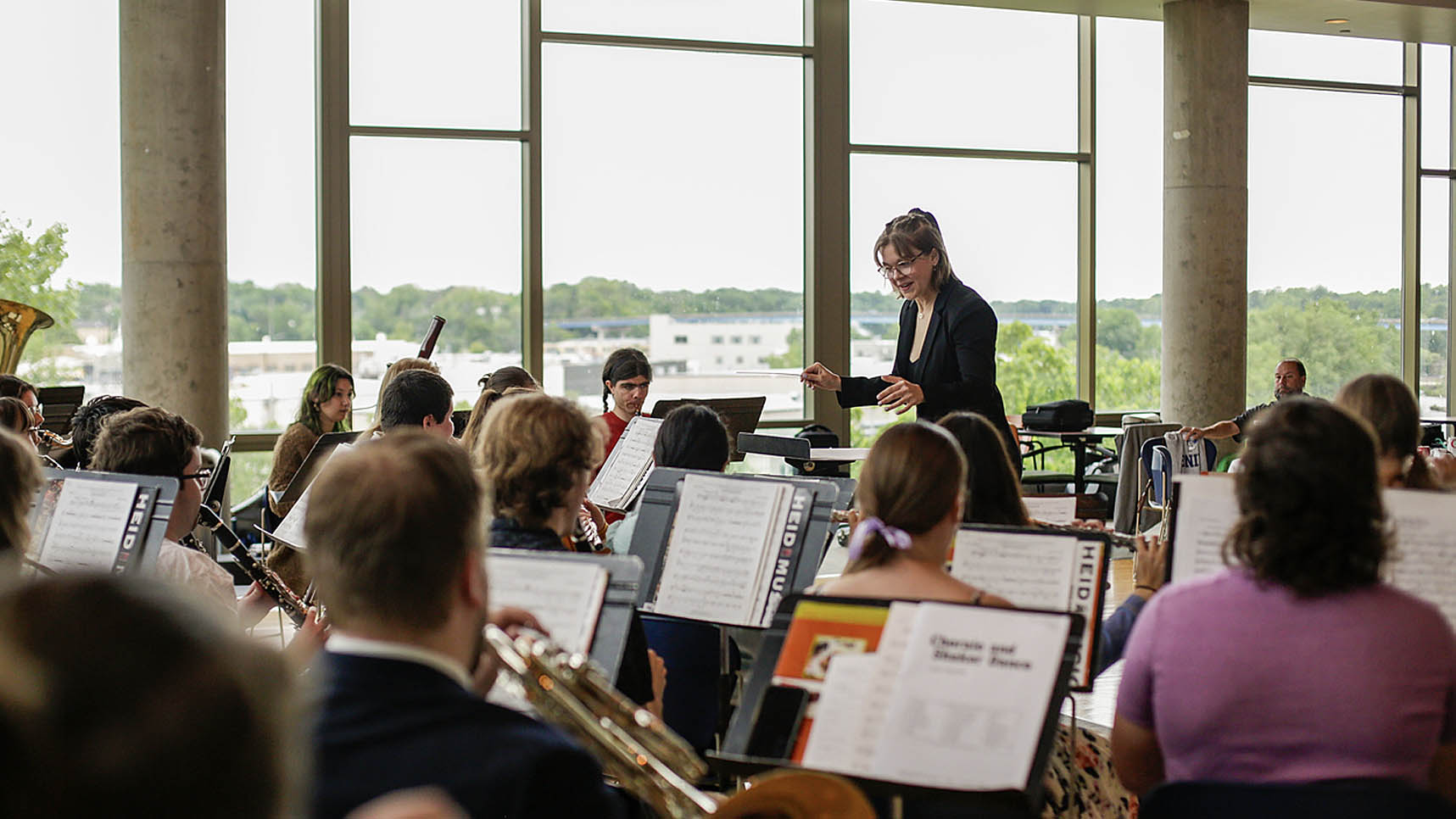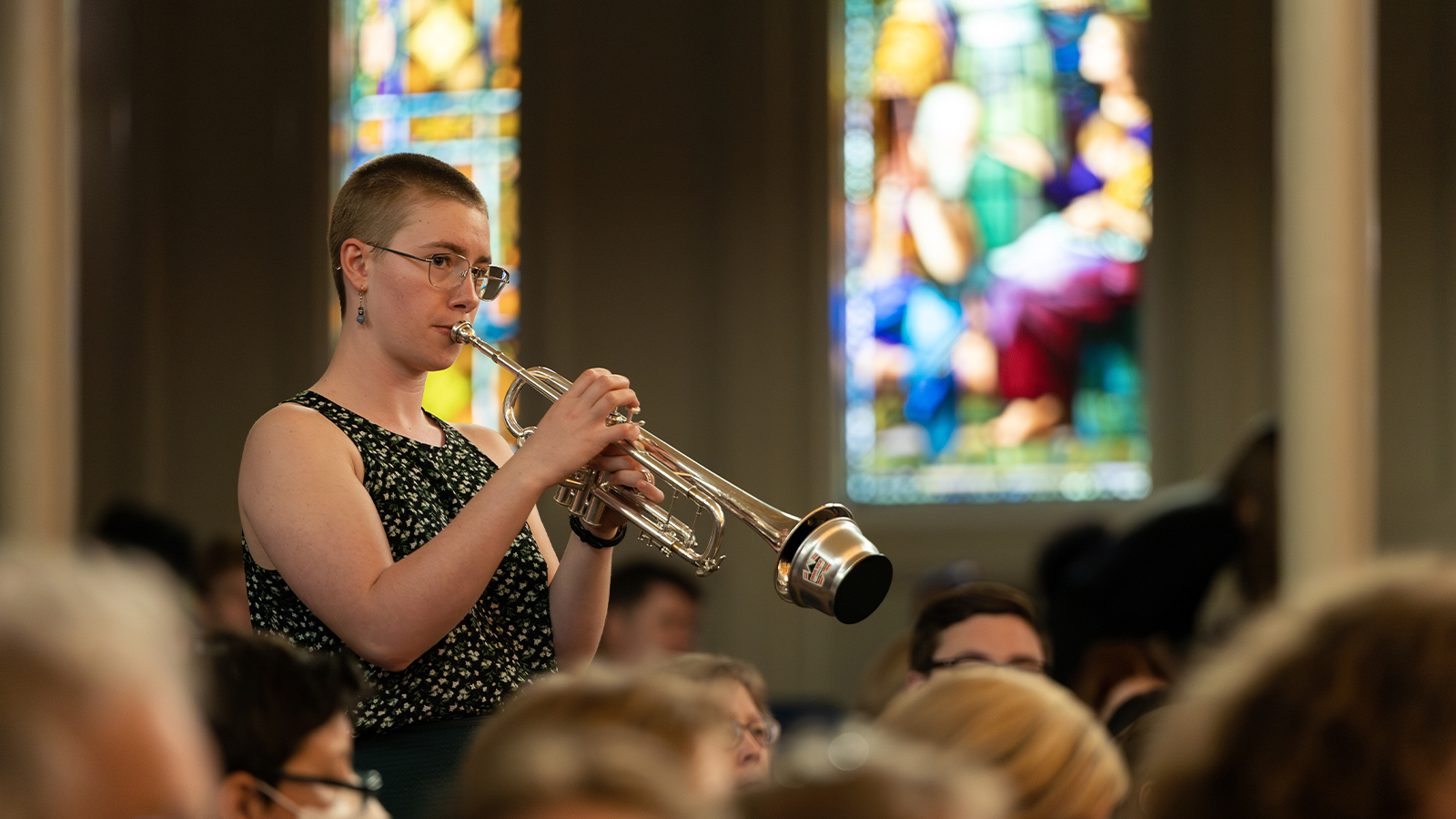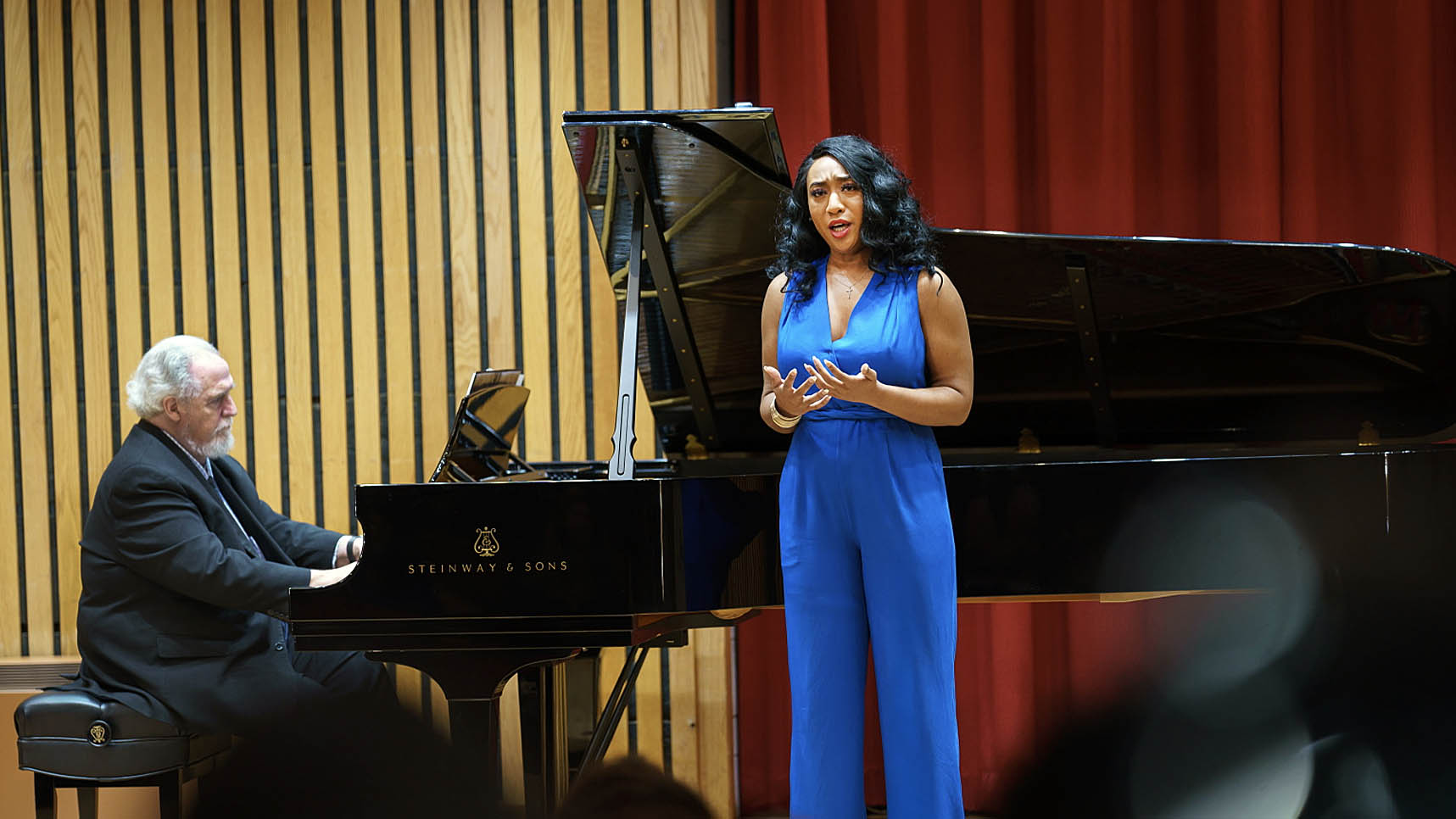Areas of Study
With four degree options and 28 areas of study, you will chart your own course through the Conservatory of Music.
The Conservatory Experience
Thrive as a student and excel as a musician. Prepare for the evolving world of music with a creative, adaptive approach.
Life After Lawrence
Conservatory students and alumni inspire us with their versatility, talent, and creativity. See how you too can prepare for a fulfilling life in the music world and shape the future of the industry.
A musical life awaits. Take the next steps by applying and auditioning.
The best way to find out if Lawrence is the university for you is by visiting.
Your virtual tour starts at the Arch but be sure to check out the Conservatory, to explore learning and performance spaces.








